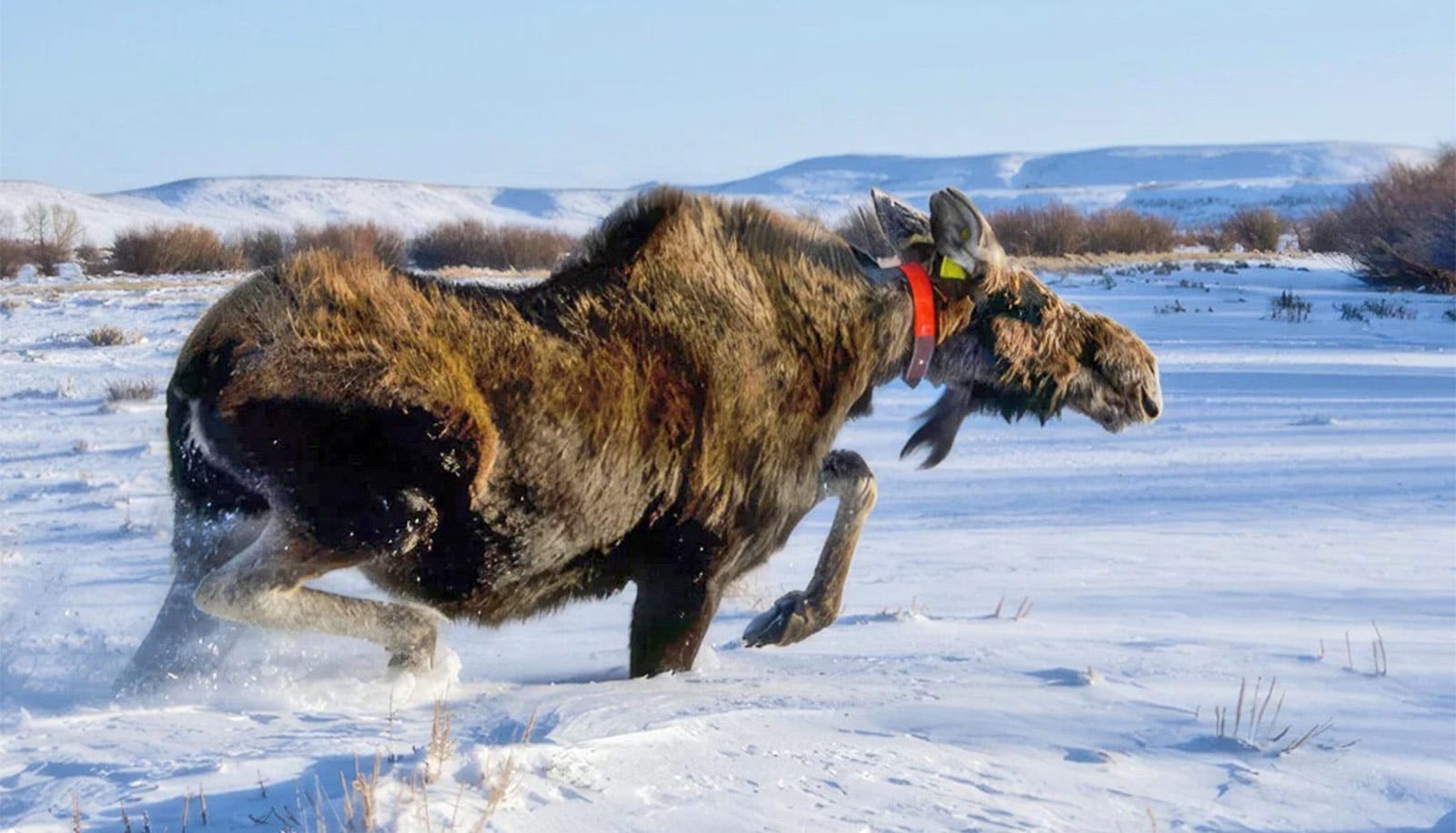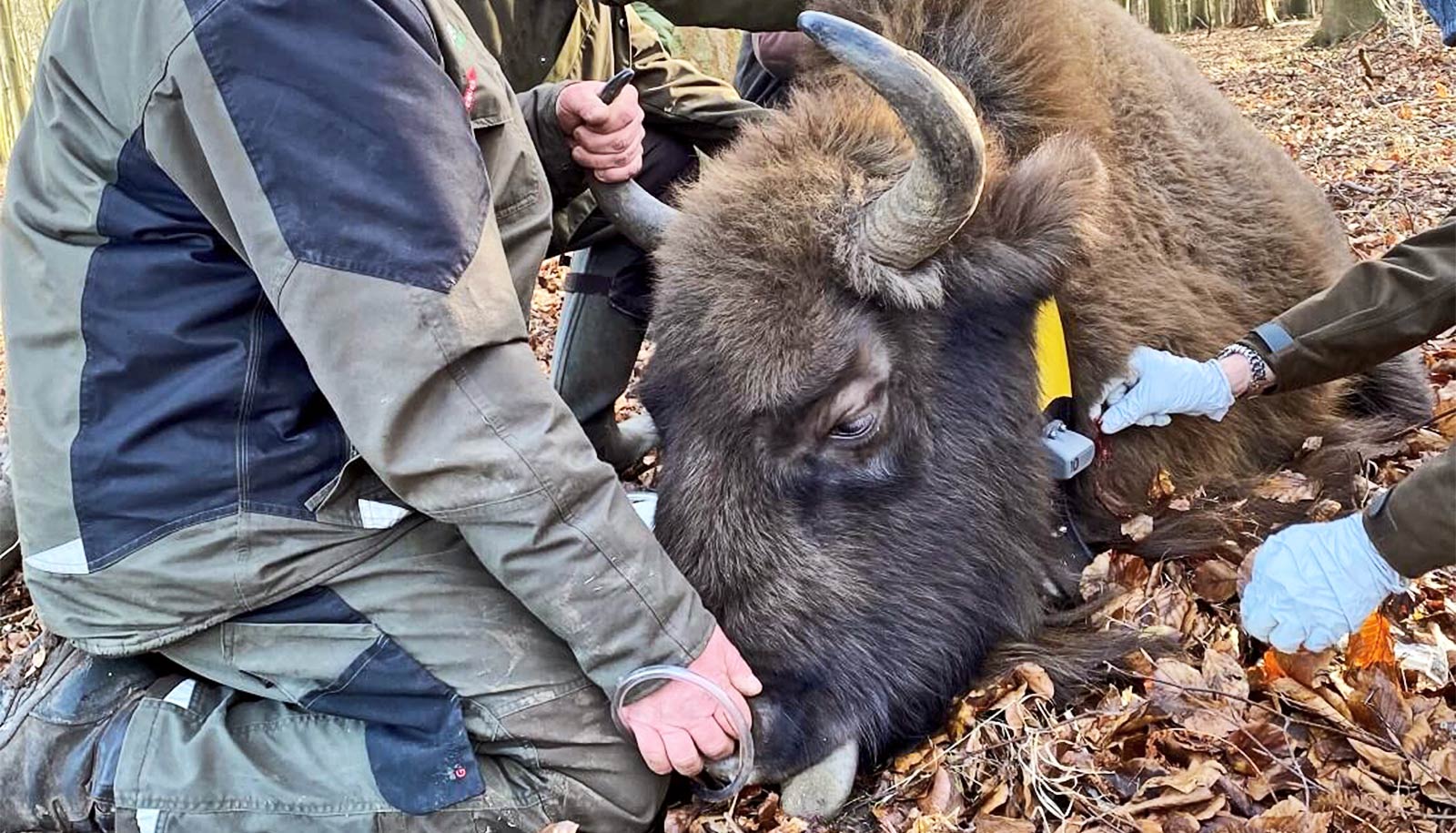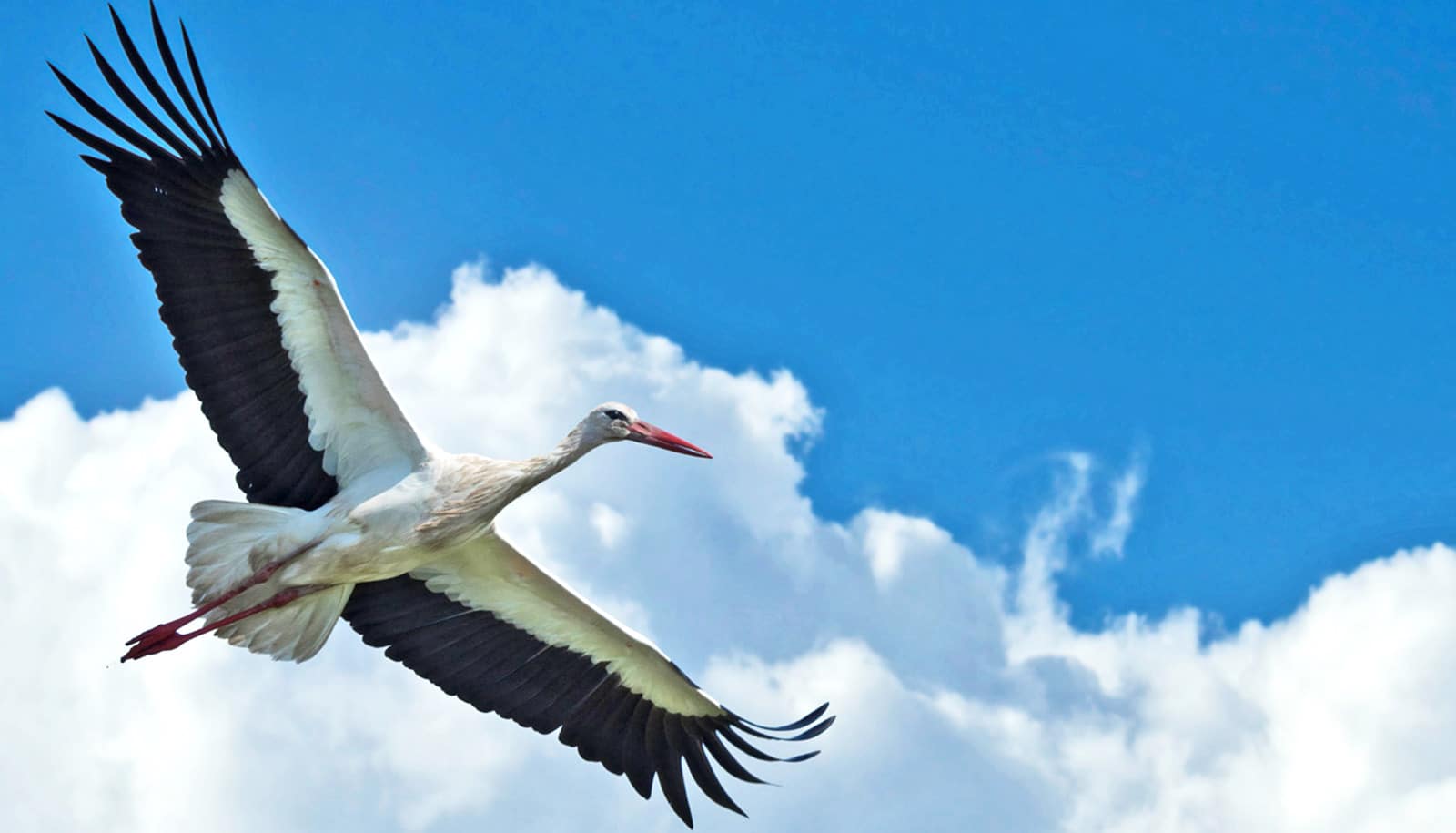Increased tagging of fish, birds, seals, and other animals can help fill key data gaps in understanding the world’s changing climate, researchers say.
The world’s scientists currently rely on an elaborate network of satellites, ocean buoys, weather stations, balloons, and other technologies to help predict the weather and assess the global effects of climate change on terrestrial landscapes, oceans, and the atmosphere.
But a new paper shows they are overlooking some of the most sensitive and informative instruments of all—the world’s animals, researchers argue.
“We can literally turn animals into flying, swimming, and walking weather stations,” says Diego Ellis Soto, a PhD student in the lab of Walter Jetz, professor of ecology and evolutionary biology at Yale University and lead author of a new perspective piece in Nature Climate Change. “Animals equipped with modern sensors could be seen as the 21st-century version of the canary in the coal mine.”
The paper describes the shortcomings of current methods of collecting weather and climate data—and the benefits of equipping animals with sensors. Tagging animals with such technologies would help scientists improve their measurements of air temperature, ocean salinity, and air pollution as well as the animals’ own metabolism.
In doing so, the authors say, animals can help scientists fill critical data gaps, particularly in remote parts of the planet. The authors identify several examples of how such an animal-based tagging system might work.
For instance, while satellites can record temperatures atop the canopy of a cloud-covered jungle they are not able to measure conditions on the ground. But a monkey equipped with modern GPS-tracking sensors can.
In addition, the sensors can also monitor changes in the animal’s stress levels as a result of warming temperatures. And while most weather stations are built on flat landscapes and in developed areas of the world, they are seldom placed in remote mountain regions, including in areas that are among the world’s most affected by climate change, the researchers say.
However, mountain goats or birds moving up and down steep mountainous terrains are able to characterize the temperature profile in great detail.
And over the Atlantic Ocean, sophisticated weather balloons offer pilots warnings of turbulence on their routes. But “flying from Japan to Chile there is little to no such information available,” Ellis Soto says.
That, he says, is why the Japanese government has begun to equip high-flying seabirds with sensors to gauge windspeed strength at a variety of altitudes and integrates ocean measurements collected from technology-equipped turtles into oceanographic models for weather forecasts.
“Animals can be our fine-tuned biological weather stations,” says Martin Wikelski, director of the Max Planck Institute of Animal Behavior and coauthor of the paper.
The Max Planck Institute of Animal Behavior has already equipped thousands of birds and animals with sensors designed to track where wildlife is thriving—and where it is struggling—along migratory routes affected by climate change. While these sensors are designed to track biodiversity, they can also be used to help predict weather and the effects of extreme weather events such as heatwaves on animals.
There are other examples of how animal tagging is helping to provide a living measure on the impacts of climate change itself in near real time. For instance, tagged elephant seals already provide 80% of data on ice depth and ocean salinity in Antarctica, which is helping scientists predict sea level rise under current and future climate change, Ellis Soto says.
And land animals equipped with sensors are not only able to report on under-sampled areas, the researchers say, they are able to do so at fine spatial detail.
“They are just a tremendous complement to Earth-orbiting satellites, by offering a biological lens that tunes into fine-scale conditions of habitats,” says Jetz, senior author of the study.
Using animals to monitor conditions also offers the opportunity to collect data that is more localized and comprehensive. Satellites, for instance, can give a rough approximation of conditions in sub-Saharan Africa at a resolution of one square kilometer.
“[But] a white stork with sensors can give us a bird’s eye view of conditions on the ground in seconds,” Ellis Soto says.
And benefits are not limited to purely wild areas of the world, researchers say. With many regions enduring extreme heat this summer, carrier pigeons helped identify dangerous urban heat islands—urban areas that are significantly warmer than surrounding regions—and air pollution levels in heavily populated areas.
“It is an untapped gold mine of detailed meteorological information with relevance for weather forecasting and biology alike,” Ellis Soto says.
Source: Yale University


